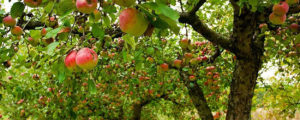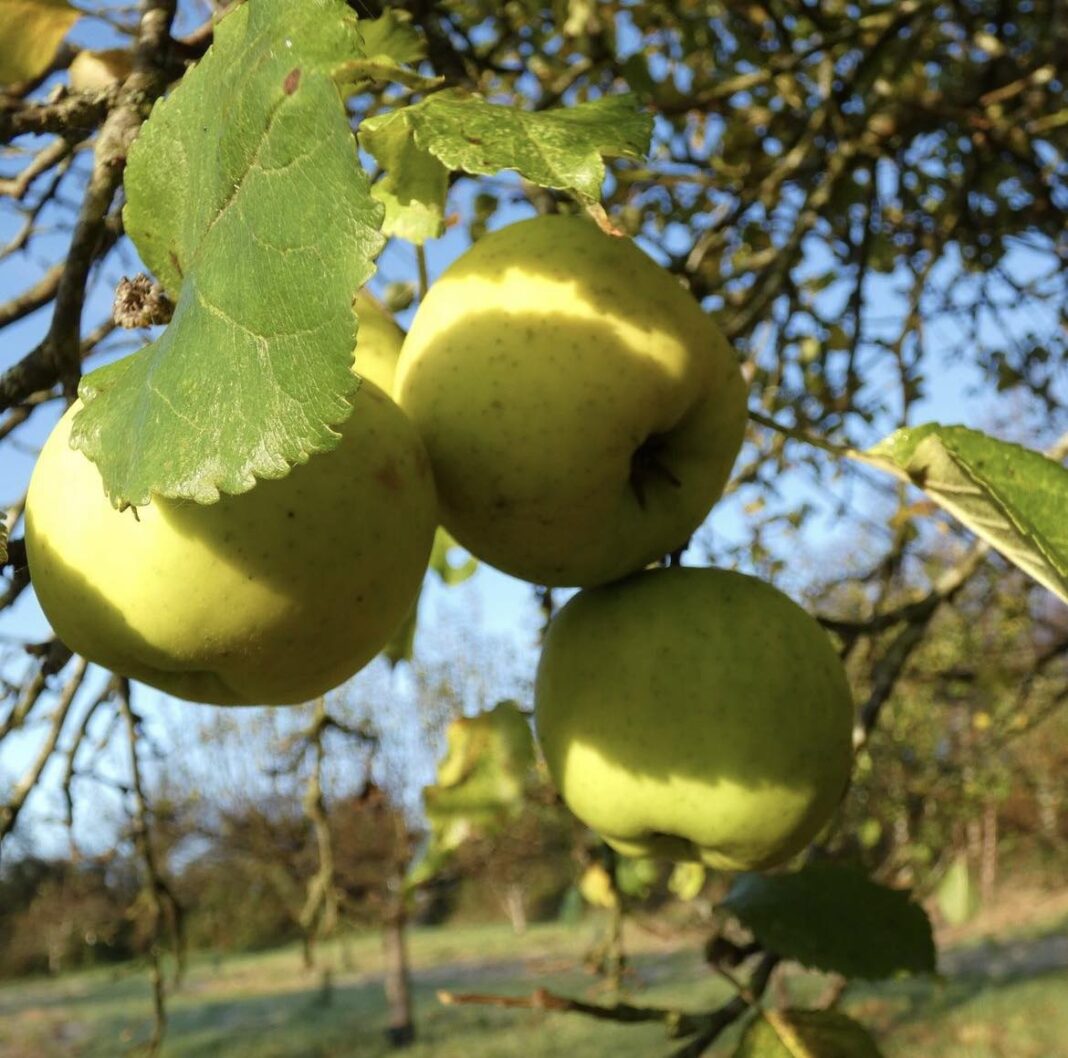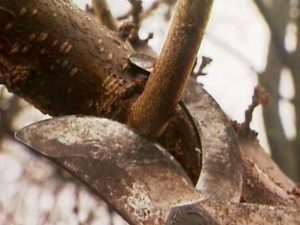If you’ve ever dreamed about having fruit from your apple trees complementing your food plots now is the time to get them in shape. Sure, they require a bit more care than a typical landscape tree, but with a little TLC you could providing whitetail food on your property that can hold early season bucks without any doubt! 
Maintaining your Apple Trees for Deer Hunting
Pruning is done when the tree is dormant, in late winter or early spring when risk of severe cold damage is past. March and April are prime months to prune. If you wait until growth begins, the risk of infection and disease is much greater. Prune early and don’t be afraid to prune a lot. Your tree will thank you. Pruning is essential to reliable fruit production and health of apple trees on your property. Proper pruning spaces out the fruit, allows more sunlight to reach the fruit, increases airflow in the canopy (which reduces disease potential), and focuses the tree’s energy into bigger and better-tasting apples. Pruning is the key to productivity, and if done consistently every year is a rather simple and enjoyable task. Understanding a little about apple tree growth and following a few simple guidelines will give you the confidence to prune without fear of damaging the tree and provide top notch food for your whitetails.
- Remove weak, broken, diseased or unproductive branches, including any that are growing directly upward or downward.
- Keep branches at the top of the tree shorter than those at the bottom.
- Remove water sprouts (thin twigs growing vertically from trunk or branches).
- Remove suckers (vertical shoots growing around the base of the tree). These can be removed throughout the growing season as they appear.
- Remove branches competing with the main stem. The main stem must remain the tallest part of the tree.
- Hand pruners. Use this tool to remove small branches and twigs. You’ll probably use this tool the most, so keep them sharp and handy.
- Loppers. Loppers have long handles and provide more leverage when pruning larger branches. They’re typically used to prune branches larger than the width of your thumb, or about 1″ diameter or more.
- Folding saw. This tool is useful when pruning limbs larger than 3″ in diameter. Pole pruners. These consist of a blade attached to a long pole and are handy for reaching high branches.
Fertilizing
It is best to apply fertilizer in early spring after the ground has thawed. Spread a wide band of fertilizer around the tree’s drip line – the outline of the widest extent of the branches – and about 4 inches beyond. Keep fertilizer at least 6 inches from the trunk, as the fertilizer may burn the tree. Another good method is Digging a series of small holes and applying fertilizer. It is a bit more work, but it ensures the fertilizer is getting to the tree roots. 
- Fertilizer recommendations 1/4 lb. of fertilizer for each inch of trunk diameter.
- 4-inches of trunk diameter equates to a 1lb. application of fertilizer.
- The drip line is the circular area on the ground beneath the branch tips – the area where water “drips” after a good rain.
- Feeder roots best absorb moisture and nutrients in this area.
- Use an organic, high nitrogen fertilizer or a specialty formulated fruit tree fertilizer.



















![The Best Deer Camp Chili [VIDEO] Deer Chili Ingredients, Tomatoes, Chili Spices](/wp-content/uploads/2015/10/Deer-Chili-Deer-Camp-Recipe-218x150.jpg)
![How to Call Elk Early in the Season [VIDEO]](/wp-content/uploads/2016/08/byers003-218x150.jpg)





![Idiots Disturb Hunter: How Would You Have Handled It? [VIDEO]](/wp-content/uploads/2015/10/DSC00110-e1474487693878-100x70.jpg)
![Albino Buck Shocked to Shed His Antlers [VIDEO]](/wp-content/uploads/2015/10/AlbinoDeer-100x70.jpg)